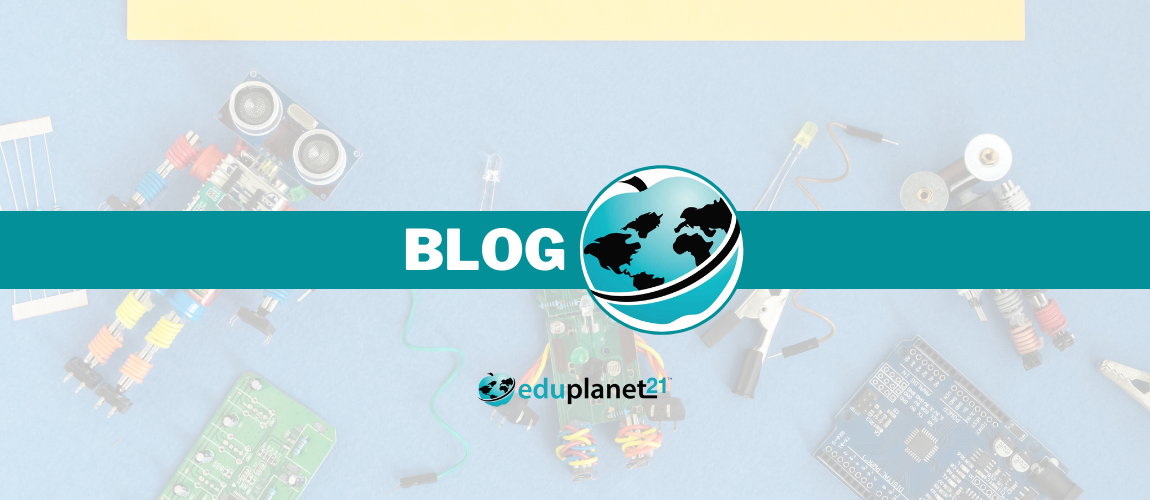One of the greatest benefits that a solid curriculum can provide to students is a thoughtfully connected pathway between different disciplines. Interdisciplinary study has many benefits, including helping students to see their world in a broader way and to find ways to connect their personal interests across different fields of study.
Because of these benefits, many educators are turning to interdisciplinary curriculum approaches as a means to incorporate Science, Technology, Engineering, Arts, and Math (STEAM) principles into courses across the disciplines.
While these interdisciplinary approaches come from a great motivation, they are also more difficult to pull together than a traditional curriculum. In particular, interdisciplinary approaches often fall victim to two major issues (as explained by Association for Supervision and Curriculum Development) that need to be understood and addressed if the approach is to be successful.
With the challenges of interdisciplinary approaches in mind, educators who want to capitalize on the benefits of incorporating STEM/STEAM lessons across the disciplines can be careful to avoid these pitfalls.
First and foremost, interdisciplinary approaches require open and transactional communication between educators from each of the representative fields. In this way, educators can be sure that they are adequately covering the material in a way that makes the connections between the disciplines thorough, accurate, and meaningful.
Secondly, successful STEM/STEAM integration requires a solidly planned overarching curriculum that will allow educators in different fields to understand how and when particular themes and topics will be introduced. It can be confusing to students to see an integrated science lesson in, say, their history class if they have not yet covered that topic in their science class. By having a strongly aligned plan, educators can work together to ensure that students see connections in a way that is relevant and meaningful to their experiences.
There are many classrooms and schools that are successfully integrating STEM/STEAM learning outcomes into different disciplines. Taking a closer look at these projects can provide inspiration and guidelines.
Whether you are creating an entirely new curriculum or refreshing your current one, this is an excellent opportunity to consider ways to integrate STEM/STEAM lessons across the disciplines.
